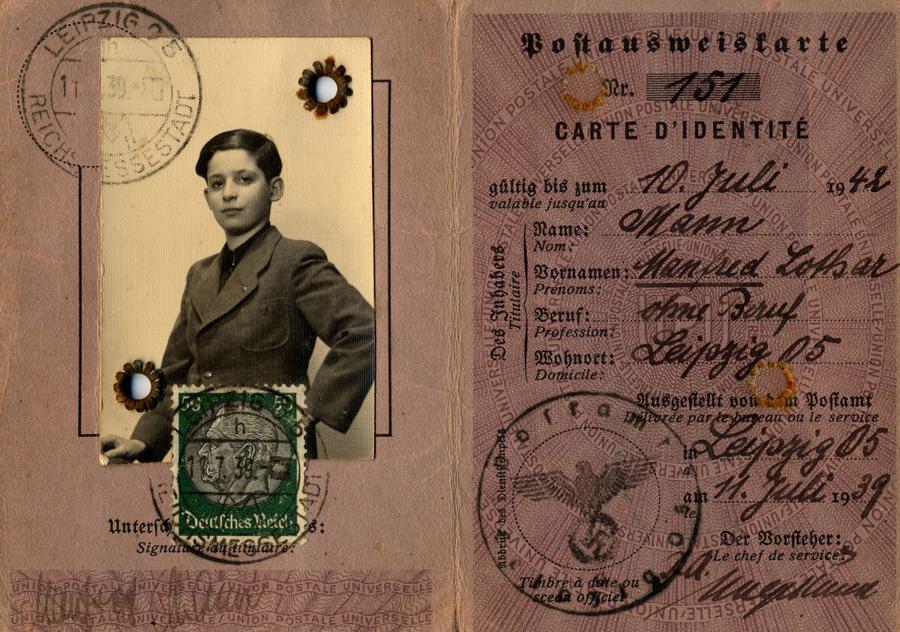Remembering Kristallnacht, Eighty Years Later
Between November 9 and 10, 1938, a series of pogroms – violent attacks on a distinct ethnic group – were perpetrated in Greater Germany. Better known as Kristallnacht (the night of broken glass), in reference to the shattering of the broken shop windows during the attacks, these antisemitic acts of violence were instigated by Nazi leaders. During Kristallnacht, ninety-one Jews were murdered and between 25,000 and 30,000 Jewish men were arrested and deported to concentration camps, such as Dachau, Buchenwald and Sachsenhausen. More than two hundred synagogues were burned — the firefighters were given orders not to put out the fires — while thousands of Jewish homes and businesses were ransacked. This attack is considered a decisive turning point in the systematic Nazi persecution of Jews.
Remembering Kristallnacht through the Stories of Survivors
Our authors testify to the rising persecutions that preceded Kristallnacht, along with describing Kristallnacht itself.
Born in Cologne, Germany, in 1928, Margrit Rosenberg Stenge was a child when she first experienced the impacts of Nazi antisemitism. Forced to pursue her education in a Jewish school, she tells of her worries in her memoir Silent Refuge:
After changing schools, I came to realize that there was a certain stigma attached to being Jewish. I overheard conversations between my parents about Hitler and the antisemitism he preached, even though they did not yet believe that this had anything to do with them … But as Hitler’s voice was heard more frequently on the radio, my father grew exceedingly upset over Hitler’s ranting and raving, which for the most part was directed against the Jews. (8)
As Margrit recounts, Nazi policies intended to humiliate the German Jewish population were quickly followed by acts of violence and vandalism, foreshadowing the events of Kristallnacht.
Fred Mann remembers Kristallnacht and the destruction of the Jewish neighbourhood in Leipzig in his memoir, A Drastic Turn of Destiny:

The wealth of information and symbols of tradition that not only recorded Jewish life in Leipzig but across Germany went up in smoke that night. (39)
Walking through the city it was incredible to discover the burned synagogues and the Jewish-owned stores smashed and plundered. The Jewish district of Leipzig … suffered the worst fate. There was hardly a Jewish store owner or wholesaler who did not lose all his or her assets that night. The destruction was not only total but systematic. (44)
Kristallnacht was not only the burning of synagogues and the destruction of Jewish property but a test that demonstrated the effectiveness of many years of anti-Jewish propaganda used to brainwash the population. The general population showed no reluctance to participate in the destruction and the photographs of German people’s faces taken during this unpunishable “freedom to destroy” speak volumes. We are frequently told that not everyone engaged in the horrendous events of that night, but when one looks at the spectators, one realizes that their facial expressions aren’t very different from those of the perpetrators. Nor can one excuse the rest of the world for not taking measures to challenge the Germans and to express the total unacceptability of these acts. When could we expect decent human beings to take a stand on matters of wilful and planned destruction and death? (44–45)
In his video testimony, Joseph Schwarzberg recalls Kristallnacht at age twelve in Leipzig.
Joseph Schwarzberg’s memoir, Dangerous Measures, is set to be released on November 25, 2018, and will be available for order here.
Eighty Years Later
In the current political climate, it is our duty to remember Kristallnacht, which serves as an important reminder of the need for tolerance and respect for others. For anyone wanting to participate in this commemoration, events are being held across Canada, including in Toronto, Vancouver and Montreal.

